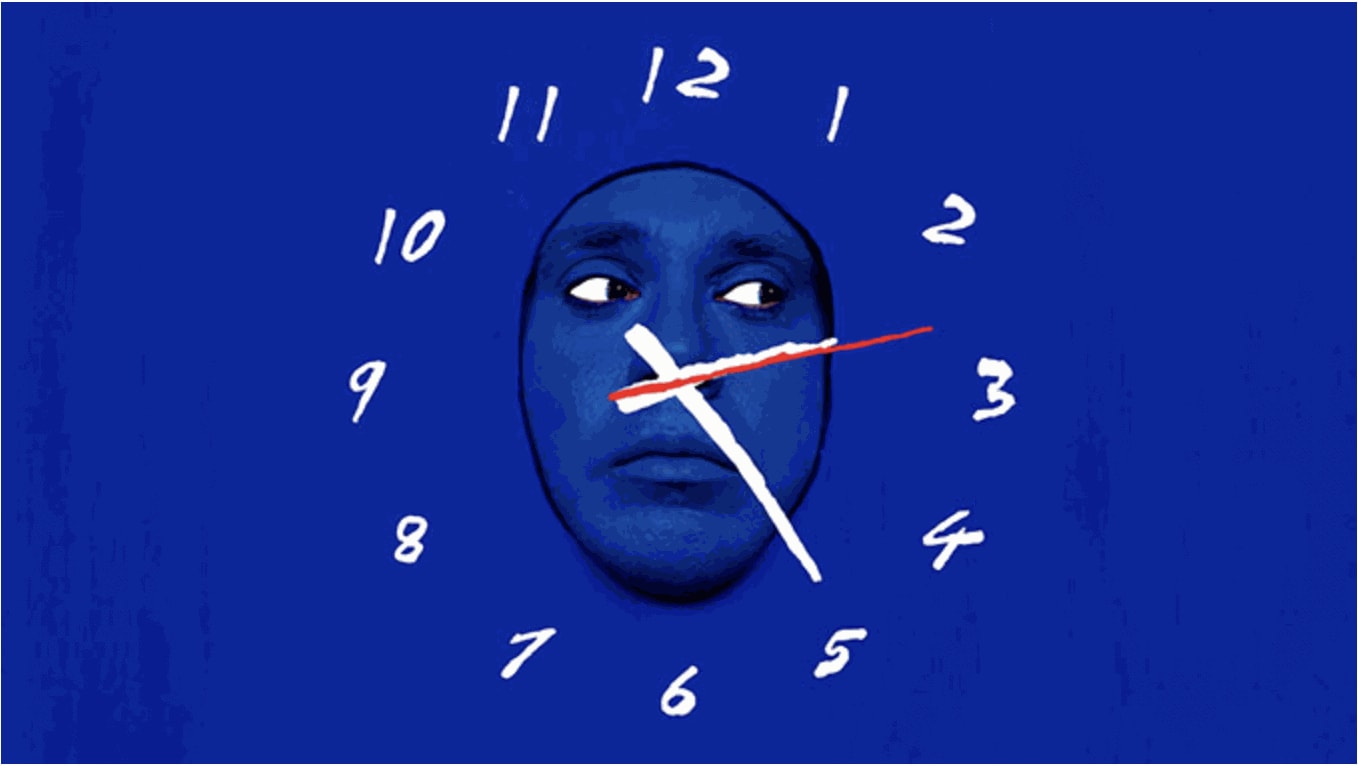
Opening Friday 4 March, the 2022 Adelaide Biennial of Australian Art: Free/State has assembled twenty-five leading Australian artists with works that reveal alternative ways of viewing the world, making visible unspoken histories and exploring the challenges of an era of global upheaval.
Taking over multiple spaces at the Art Gallery of South Australia as well as a major intervention on the building’s North Terrace façade, Free/State will open with a weekend of artist talks, performances, DJ sets and more, in celebration of the 31st iteration of the nation’s longest-standing survey of contemporary Australian art.
“Free/State has been developed through extraordinary times; the past two years have been wild and unpredictable, and artists have shown exceptional resilience in the face of challenges,” said Curator Sebastian Goldspink.
“Throughout, they have continued to make meaning through works that embrace the duality and unpredictability of our collective contemporary existence. Free/State uses ideas of improvisation in forms such as jazz as a driving force. Improvisation is responsive, present, and immediate. This is the rhythm of Free/State.”
Free/State will explore inter-generational conversations between artists, exhibiting work by trailblazers such as Tracey Moffatt, Angela and Hossein Valamanesh and Julie Rrap. Moffatt’s iconic short film Heaven, 1997 – a voyeuristic montage of male surfers at Sydney’s Bondi Beach, acts as a marker for the wave of influence these artists have had on the generations that followed.
With the sudden passing of Hossein Valamanesh in mid-January, the work of Angela and Hossein Valamanesh takes on a poignant significance. For the Biennial, Angela and Hossein have considered their shared and individual histories in a major installation that reflects on their own notions of home, presented in their institutional home at AGSA.
“We are humbled to have the opportunity to honour Hossein and Angela’s lifetime of collaboration through this significant presentation in Free/State. This space reflects their love and their art – two concepts that have been interchangeable for them,” says Sebastian Goldspink.
Further artists who explore the idea of ‘home’ include Kamilaroi/Gamilaraay artist Dennis Golding, through the presentation of a major new sculptural installation which decolonises the Victorian architecture of his childhood neighbourhood ‘the Block’ in Sydney’s Redfern.
Golding is also the feature artist for AGSA’s The Studio activity space where, inspired by a prized Batman cape he was given as a child, Golding will invite participants to become their own caped crusader by imagining their own superpower and creating a design for their own superhero cape.
Notions of personal resilience, adaptability and survival are evident in many Biennial works including that of Loren Kronemyer, whose work signals a desire to fight back against a world seemingly unravelling through a display of hand-crafted knives.
Shaun Gladwell experiments with the parameters of the body through performance in a new video work, set against an inner-city Melbourne in upheaval.
Elsewhere, Laith McGregor’s new work Strange Days, 2022, will feature more than a thousand bottles fixed to the walls of the gallery, spelling out S.O.S and filled with messages of hope gathered from the public over recent months.
Other works explore free speech and accountability within our global culture of mass information and manipulation of opinion. Developed during an era of endless online conversations, Julie Rrap’s interactive installation Write Me, 2022, comprises a keyboard which allows visitors to write to a virtual Rrap, the words appearing on a large screen while distorted images of the artist’s face warp and flicker with each keystroke.
Stanislava Pinchuk comments on the narratives we choose to accept and celebrate, and those we choose to ignore, through her marble sculptural installation The Wine Dark Sea, 2021, that merges classical text from Homer’s Odyssey with extracts from whistle-blown incident reports from the detention centres in Nauru and Manus Island.
Interventions throughout AGSA include Kate Scardifield’s ten-metre-long sails that will be suspended from AGSA’s front façade, bringing together art and climate science to chart the shifting material states of sail cloth as a metaphor for the climate crisis.
In AGSA’s Elder Wing, Tom Polo’s large-scale oil paintings will punctuate the space, while Anangu Pitjantjatjara Yankunytjatjara (APY Lands) artist Rhoda Tjitayi will paint her traditional stories through a contemporary lens directly onto the walls of the Gallery’s colonial architecture.
This year’s Biennial artists explore ideas of portals to other worlds and states, including Kate Mitchell whose single-channel video takes the form of a Zoom meeting of nine spiritual channelers to interrogate the co-existence of other realms, while Darren Sylvester invites audiences to literally step through a neon sci-fi portal stationed near the entrance to AGSA.
Since 1990, conceived as part of the Adelaide Festival, the Adelaide Biennial of Australian Art has created career-defining opportunities for close to 500 artists, and been experienced by more than one million visitors.
“At the current moment, the agency of art as a portal to other times, places and ideas is unexpectedly heightened, making the Adelaide Biennial of Australian Art more vital than ever,” said AGSA Director Rhana Devenport ONZM.
“These artists offer other ways of thinking, new modes of being, and a navigation through the complexities of the world.”


